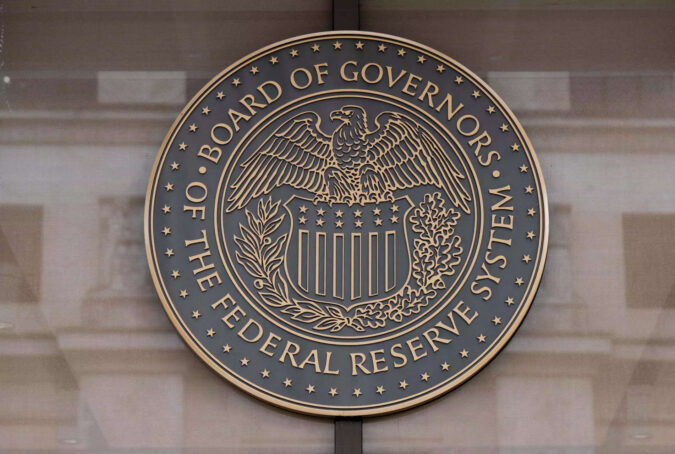Federal Reserve officials were concerned about sluggish progress toward lower inflation and wary about the surprising staying power of the American economy at their June meeting — so much so that some even wanted to raise rates last month, instead of holding them steady as the central bank ultimately did, minutes from the gathering showed.
Fed officials decided to leave interest rates unchanged at their June 13-14 gathering to give themselves more time to see how the 10 straight increases they had previously made were affecting the economy. Higher interest rates slow the economy by making it more expensive to borrow and spend money, but it takes months or even years for their full effects to play out.
At the same time, officials released economic forecasts that suggested they would make two more quarter-point rate increases this year. That forecast was meant to send a message: Fed policymakers were simply slowing the pace of rate increases by taking a meeting off. They were not stopping their assault against rapid inflation.
The meeting minutes, released Wednesday, both reinforced the message that further interest rates increases were likely and offered more detail on the June debate — underscoring that Fed officials were divided about how the economy was shaping up and what to do about it.
All 11 of the Fed’s voting officials supported the June rate hold, but that unanimity concealed tensions under the surface. Some of the central bank’s officials — 18 in total, including 7 who do not vote on policy this year — were leaning toward a rate increase.
The minutes underlined what a difficult moment this is for the Fed. Inflation has come down notably on an overall basis, but that is partly because food and fuel prices are cooling off. An inflation measure that strips out those volatile categories — known as core inflation — is making much more halting progress. That has caught the Fed’s attention, especially given signs that the broader economy is holding up.
Since the Fed’s meeting, officials have continued to signal that further rate increases are expected. Fed Chair Jerome Powell said during an appearance last week in Madrid that he would expect to continue with a slower pace of interest rate increases — but he did not rule out that officials could return to back-to-back rate moves.
Fed officials decided to leave interest rates unchanged at their June 13-14 gathering to give themselves more time to see how the 10 straight increases they had previously made were affecting the economy. Higher interest rates slow the economy by making it more expensive to borrow and spend money, but it takes months or even years for their full effects to play out.
At the same time, officials released economic forecasts that suggested they would make two more quarter-point rate increases this year. That forecast was meant to send a message: Fed policymakers were simply slowing the pace of rate increases by taking a meeting off. They were not stopping their assault against rapid inflation.
The meeting minutes, released Wednesday, both reinforced the message that further interest rates increases were likely and offered more detail on the June debate — underscoring that Fed officials were divided about how the economy was shaping up and what to do about it.
All 11 of the Fed’s voting officials supported the June rate hold, but that unanimity concealed tensions under the surface. Some of the central bank’s officials — 18 in total, including 7 who do not vote on policy this year — were leaning toward a rate increase.
The minutes underlined what a difficult moment this is for the Fed. Inflation has come down notably on an overall basis, but that is partly because food and fuel prices are cooling off. An inflation measure that strips out those volatile categories — known as core inflation — is making much more halting progress. That has caught the Fed’s attention, especially given signs that the broader economy is holding up.
Since the Fed’s meeting, officials have continued to signal that further rate increases are expected. Fed Chair Jerome Powell said during an appearance last week in Madrid that he would expect to continue with a slower pace of interest rate increases — but he did not rule out that officials could return to back-to-back rate moves.
